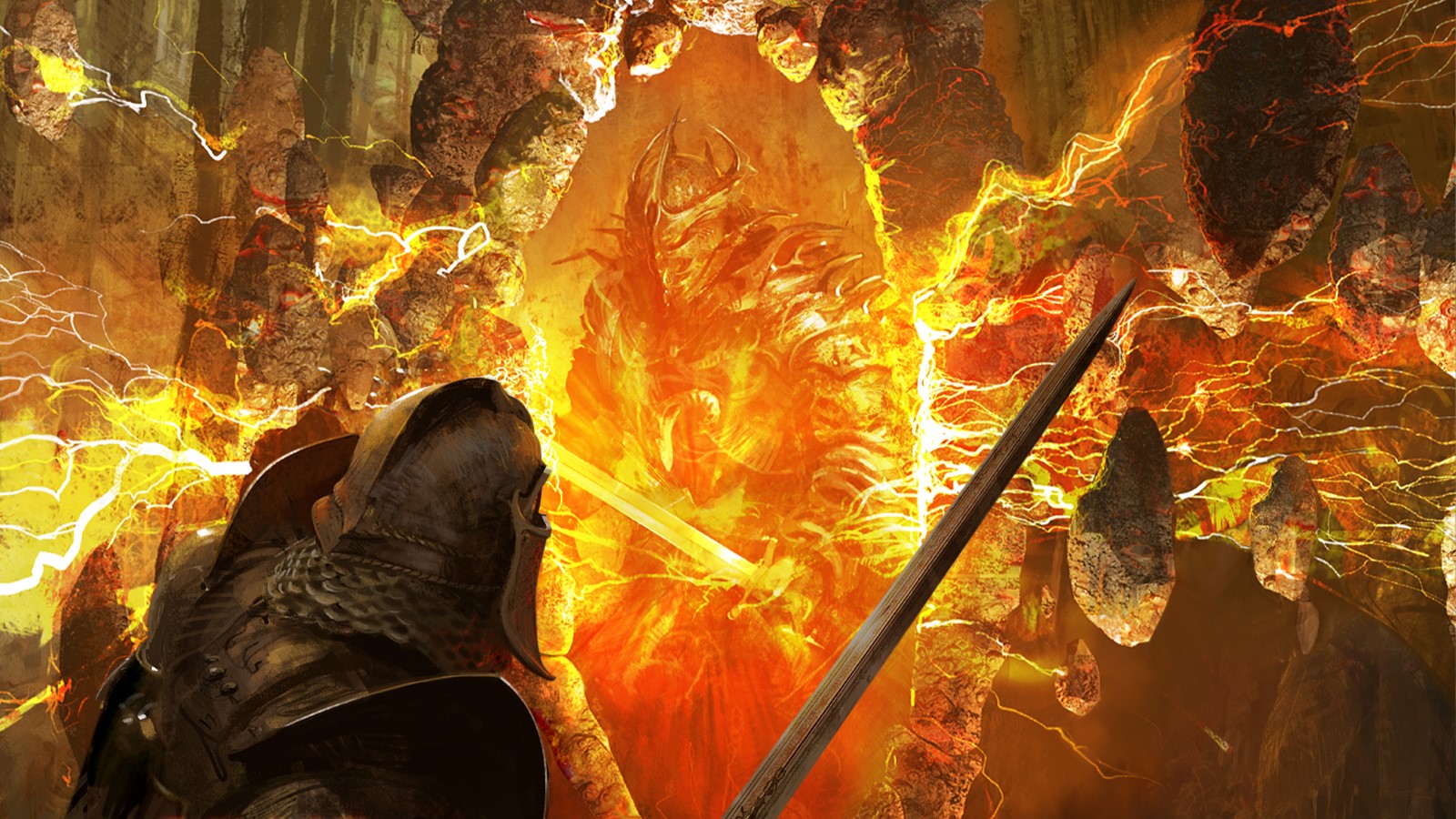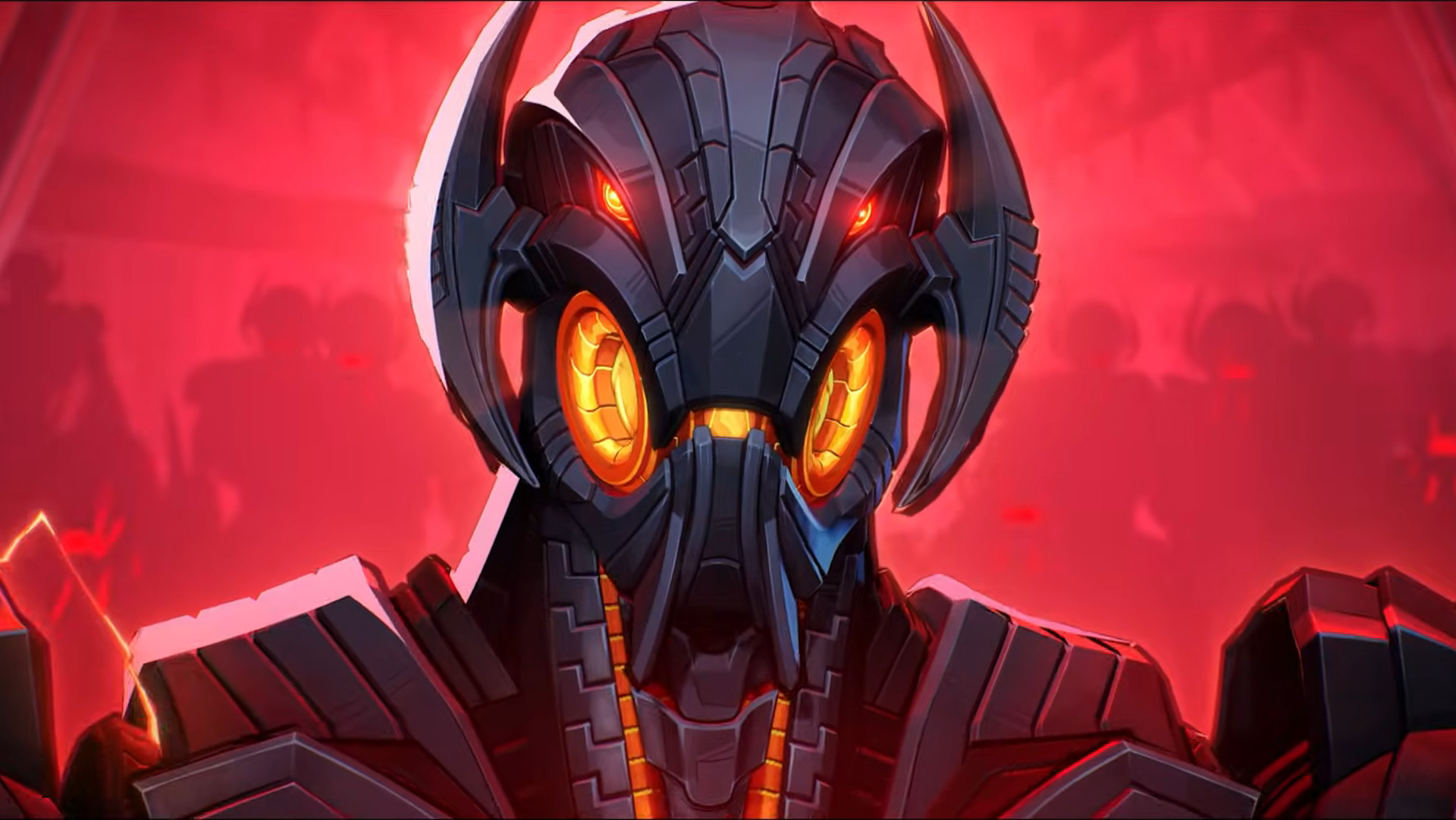
Platform: PlayStation 5, Xbox Series X/S, PC Publisher: Riot Games Developer: Riot Games Release: 2025 Back in 2015, I sat down with fighting game community staple and former Capcom employee Seth Killian for a demo of the first game from Radiant Entertainment – his then-newly founded indie studio – Rising Thunder. The title, which featured robots fighting one another, aimed to give players a 2D fighter with simple controls and little barrier to entry. Rising Thunder showed a ton of promise, so much so that League of Legends developer Riot Games acquired Radiant Entertainment in 2016. This led to the cancellation of Rising Thunder, which was at that point in alpha, with many of the core tenets transferring to a new game, codenamed Project L, which was announced in 2019. However, around the time of the announcement of Project L, Killian left Riot Games to work at Epic Games and now Netflix, but development continued on the title at Riot Games. In February of this year, Project L was officially renamed 2XKO. I finally got my hands on the upcoming fighting game set in the League of Legends universe during a recent visit to the Riot Games campus in Santa Monica, California. "When Riot acquired the studio, [the developers] were like, 'What do we want to do here? Do we want to stay on the same path?'" game director Shawn Rivera says. "Rising Thunder actually innovated a lot; one-button specials with cooldowns had really never been done. You see that in modern games like Granblue Fantasy Versus: Rising, but looking at this IP and looking at how the Champs fight together, we actually changed it quite a bit." The foundation of Rising Thunder was solid, but something didn't quite fit the theme of a League of Legends fighter. "Being honest, [the original vision of Rising Thunder] wasn't testing as well as we had hoped, and so we're just like, 'Hey, let's revisit,' and then we kind of landed on this team version of the game," Rivera says. "It's more fun to play with friends. What if we could just build it from the ground up like that? We kind of restarted, but there was a lot of inspiration from Seth and everybody that came before." Despite the rebuild to be a tag-team 2v2 fighter with a roster full of League of Legends Champions, some of the key elements of Rising Thunder persisted, including the one-button specials. As a result, the game is supremely playable from the jump. Rivera tells me that one of the core ideas was allowing players to find the fun as fast as possible while retaining the depth fighting game fans crave. The build I got my hands on featured five playable characters – Darius, Yasuo, Illaoi, Ekko, and Ahri. Darius is a slower, stronger character with a unique bleed effect where if you're at the correct range with his specials, you deal extra chip damage. Yasuo is the Wind Samurai with several effective sword slashes in his arsenal. Illaoi is a big, bruising Champion who can summon tentacles from a totem to aid her in a scrap. Ekko is a punk genius who can manipulate time. Ahri is perhaps the most agile character in the build, complete with air dashes, a faster movement speed, and long-range projectiles. For my demo, I play a team of Yasuo and Ahri. The art style is immediately appealing, which goes hand in hand with the gameplay's design to grab you from the earliest stages. Alongside a set of attack buttons with different intensities, the controller layout includes two Special buttons, one team button, and a parry button. Having the Specials mapped to single buttons may sound like it makes gameplay too simple, but in actuality, it opens up myriad possibilities to combo Specials together without much fear of imperfectly executing the motions or holds required in more traditional fighting games. The strategy and depth really come out once you experiment with holding in different directions as you press the Special buttons. On Rivera's advice, I combo together Yasuo's forward Special 1 and Special 2 to launch my opponent. Then, from there, I take to the sky and juggle the opponent mid-air with a combination of two Special 1 strikes and a Special 2 to send my enemy plummeting to the ground. Then, before they can recover, I land and perform a downward Special 2 and put an exclamation point on an extremely flashy combo I would have never been able to pull off in a fighting game with more traditional controls. But pulling that off wasn't easy; I still had to memorize the long combo and then execute it all in order – almost like how you have to when you're hitting mits in boxing training. I spent the rest of my time experimenting with combo-ing together different Specials and tag-team moves before messing around with the Ultimate system, which is equally as simple to pull off using the two special buttons at the same time when your character's meter is full. These damaging, flashy attacks are awesome for pouring it on during a crucial time in the fight. My time with 2XKO came to a close just as I started to understand the tag-team mechanics and how to effectively combo various Specials and standard strikes. I loved what I played of Rising Thunder nearly a decade ago, and 2XKO, while different, delivers that same level of promise that I felt back in 2015. Thankfully, I won't need to wait as long as the now-eternal wait for Rising Thunder, as 2XKO is currently set to launch on PlayStation 5, Xbox Series X/S, and PC in 2025 as a free-to-play title. Purchase
Platform:
PlayStation 5, Xbox Series X/S, PC
Publisher:
Riot Games
Developer:
Riot Games
Release:
2025
Back in 2015, I sat down with fighting game community staple and former Capcom employee Seth Killian for a demo of the first game from Radiant Entertainment – his then-newly founded indie studio – Rising Thunder. The title, which featured robots fighting one another, aimed to give players a 2D fighter with simple controls and little barrier to entry. Rising Thunder showed a ton of promise, so much so that League of Legends developer Riot Games acquired Radiant Entertainment in 2016. This led to the cancellation of Rising Thunder, which was at that point in alpha, with many of the core tenets transferring to a new game, codenamed Project L, which was announced in 2019.
However, around the time of the announcement of Project L, Killian left Riot Games to work at Epic Games and now Netflix, but development continued on the title at Riot Games. In February of this year, Project L was officially renamed 2XKO. I finally got my hands on the upcoming fighting game set in the League of Legends universe during a recent visit to the Riot Games campus in Santa Monica, California.
“When Riot acquired the studio, [the developers] were like, ‘What do we want to do here? Do we want to stay on the same path?'” game director Shawn Rivera says. “Rising Thunder actually innovated a lot; one-button specials with cooldowns had really never been done. You see that in modern games like Granblue Fantasy Versus: Rising, but looking at this IP and looking at how the Champs fight together, we actually changed it quite a bit.”
The foundation of Rising Thunder was solid, but something didn’t quite fit the theme of a League of Legends fighter. “Being honest, [the original vision of Rising Thunder] wasn’t testing as well as we had hoped, and so we’re just like, ‘Hey, let’s revisit,’ and then we kind of landed on this team version of the game,” Rivera says. “It’s more fun to play with friends. What if we could just build it from the ground up like that? We kind of restarted, but there was a lot of inspiration from Seth and everybody that came before.”
Despite the rebuild to be a tag-team 2v2 fighter with a roster full of League of Legends Champions, some of the key elements of Rising Thunder persisted, including the one-button specials. As a result, the game is supremely playable from the jump. Rivera tells me that one of the core ideas was allowing players to find the fun as fast as possible while retaining the depth fighting game fans crave.
The build I got my hands on featured five playable characters – Darius, Yasuo, Illaoi, Ekko, and Ahri. Darius is a slower, stronger character with a unique bleed effect where if you’re at the correct range with his specials, you deal extra chip damage. Yasuo is the Wind Samurai with several effective sword slashes in his arsenal. Illaoi is a big, bruising Champion who can summon tentacles from a totem to aid her in a scrap. Ekko is a punk genius who can manipulate time. Ahri is perhaps the most agile character in the build, complete with air dashes, a faster movement speed, and long-range projectiles.
For my demo, I play a team of Yasuo and Ahri. The art style is immediately appealing, which goes hand in hand with the gameplay’s design to grab you from the earliest stages. Alongside a set of attack buttons with different intensities, the controller layout includes two Special buttons, one team button, and a parry button. Having the Specials mapped to single buttons may sound like it makes gameplay too simple, but in actuality, it opens up myriad possibilities to combo Specials together without much fear of imperfectly executing the motions or holds required in more traditional fighting games. The strategy and depth really come out once you experiment with holding in different directions as you press the Special buttons.
On Rivera’s advice, I combo together Yasuo’s forward Special 1 and Special 2 to launch my opponent. Then, from there, I take to the sky and juggle the opponent mid-air with a combination of two Special 1 strikes and a Special 2 to send my enemy plummeting to the ground. Then, before they can recover, I land and perform a downward Special 2 and put an exclamation point on an extremely flashy combo I would have never been able to pull off in a fighting game with more traditional controls. But pulling that off wasn’t easy; I still had to memorize the long combo and then execute it all in order – almost like how you have to when you’re hitting mits in boxing training.
I spent the rest of my time experimenting with combo-ing together different Specials and tag-team moves before messing around with the Ultimate system, which is equally as simple to pull off using the two special buttons at the same time when your character’s meter is full. These damaging, flashy attacks are awesome for pouring it on during a crucial time in the fight.
My time with 2XKO came to a close just as I started to understand the tag-team mechanics and how to effectively combo various Specials and standard strikes. I loved what I played of Rising Thunder nearly a decade ago, and 2XKO, while different, delivers that same level of promise that I felt back in 2015. Thankfully, I won’t need to wait as long as the now-eternal wait for Rising Thunder, as 2XKO is currently set to launch on PlayStation 5, Xbox Series X/S, and PC in 2025 as a free-to-play title.






